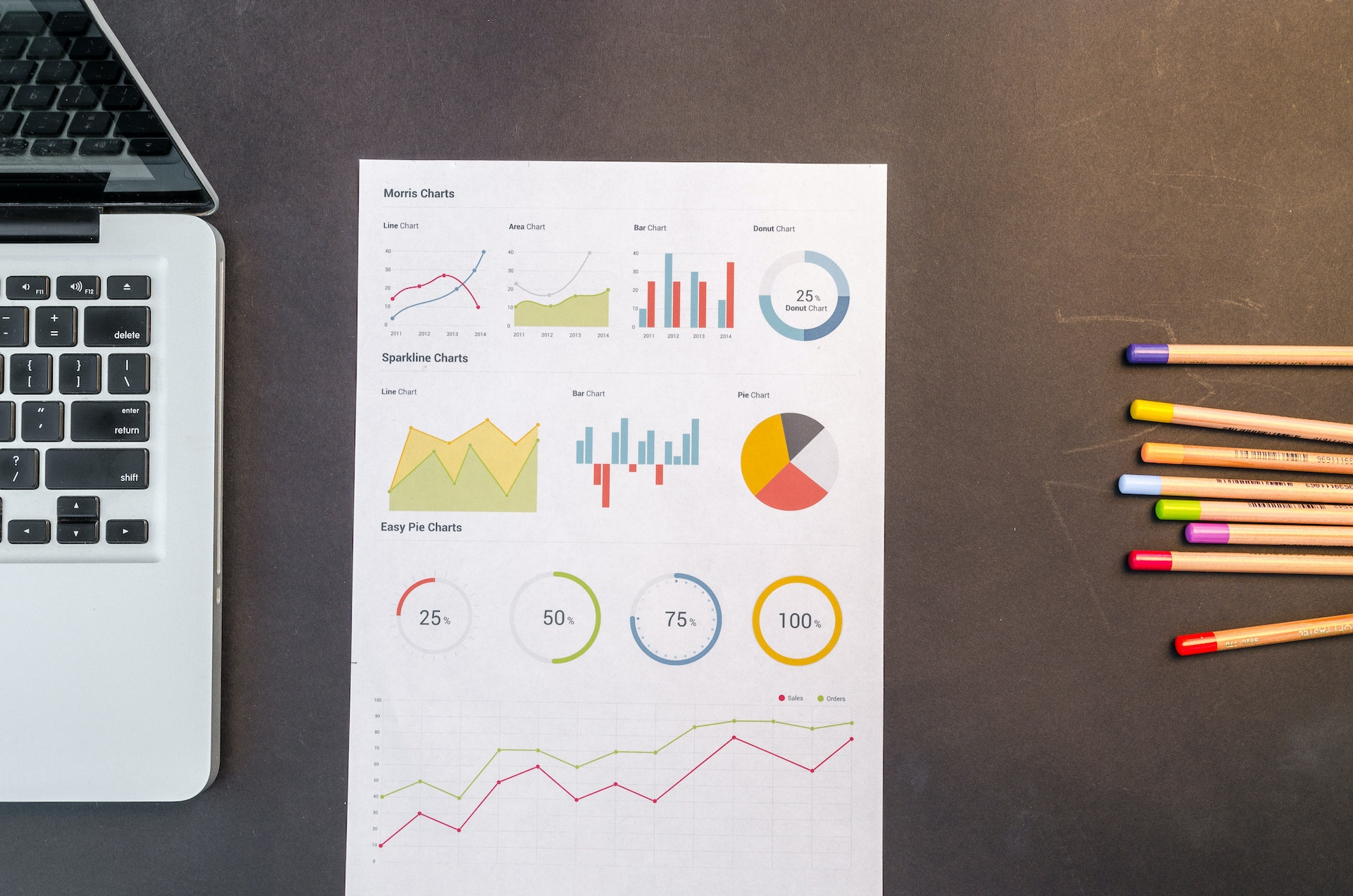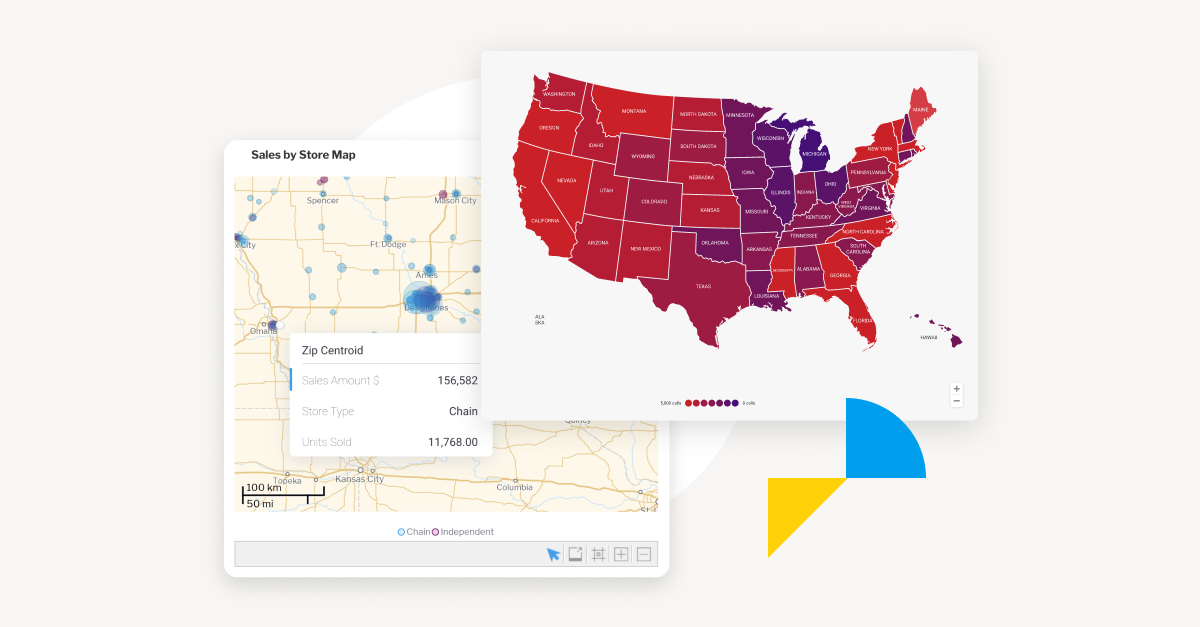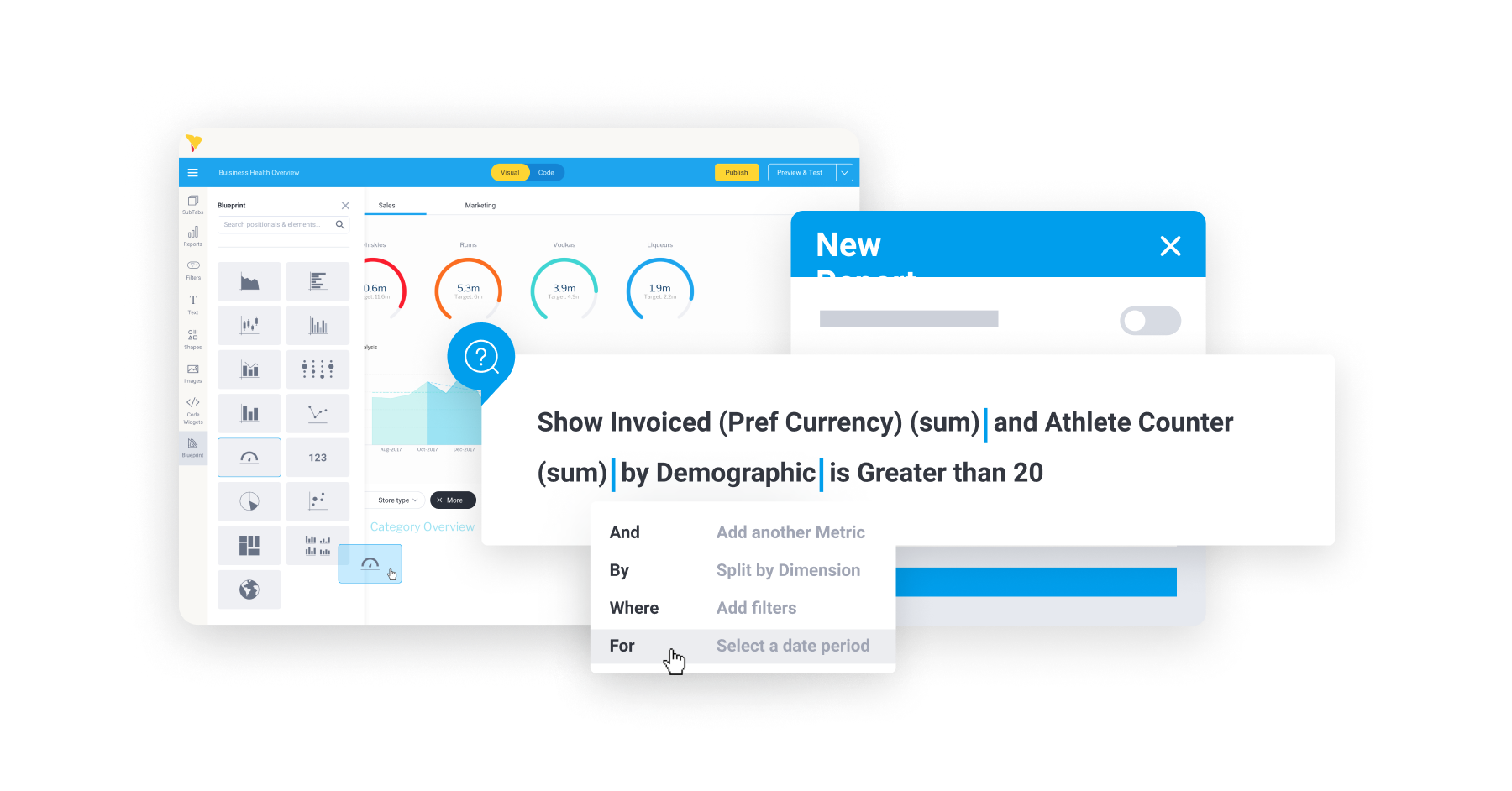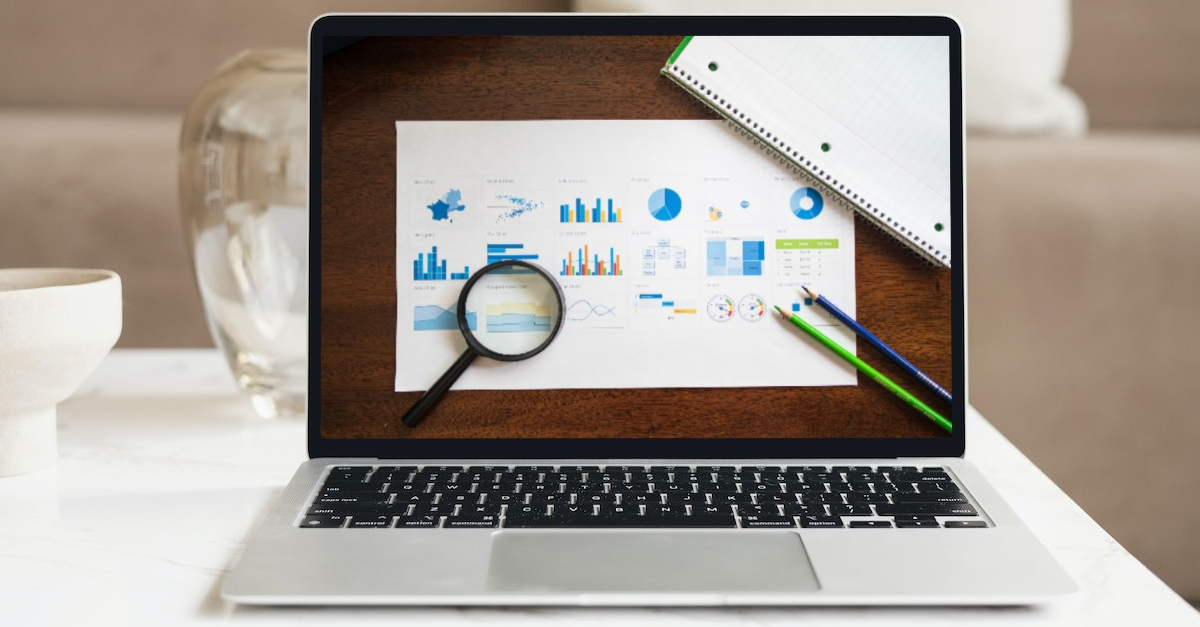Data visualization is one of the most important capabilities of any business intelligence (BI) and analytics solution.
It helps people translate complex data into a visual context, like a chart or a graph, identify trends numbers alone can't easily reveal, and discover hidden patterns in your dashboard.
Data visualization also provides a wealth of additional benefits, such as enabling easier understanding of the correlation between operations and results. By utilizing this information, you can make significantly better business decisions. In this blog, we detail 7 benefits of visualization business software you should be getting from your BI solution.
Key benefits of data visualization tools
First- not familiar with modern data visualization options?
Visualizing data is made possible with specialized data visualization software that graphically renders complex information. They utilize different formats of visualization, such as graphs, charts, or heatmaps, to represent massive datasets. As a result, you can easily analyze large amounts of data, compared to having to sift through tables or reports full of raw metrics.
Ultimately, these tools help you to quickly understand key insights and make timely business decisions. The best tools to visualize data on the market are Yellowfin, Microsoft Power BI, and Tableau. We have a guide linked below that can help you get up-to-speed.
Read: What is Data Visualization and its Importance in Business Intelligence?
1. Better business decisions
Data visualization enables you to effortlessly create intuitive and interactive visualizations. Hence, you can quickly analyze complex datasets in your dashboards.
It helps you to easily find key insights. Data visualization software, like Yellowfin, Power BI and Tableau, simplifies the process of representing complex data in an easily understandable format for everyone using simple visual formats, like charts and graphs. People tend to understand visual things quicker than written forms, like reports.
By visually presenting the information in your dashboard, you can make complex data easily understandable and accessible for everyone.
As a result, the data visualization tool can enhance collaboration and communication in the decision-making approach. Also, it can significantly reduce imprecision in data. Hence, you can make significantly better business decisions, and grow your company.

2. Easier trend analysis and exploration
The best data visualization tools, like Yellowfin and Power BI, enable effortless trend analysis. They help you to quickly analyze current and historical events, and predict future events, like potential growth or decline of sales and revenue for the next year.
You can use different types of visualizations to perform trend analysis. Examples include the Area Graph, Line Graph, Histogram, Bubble Chart, Spiral Plot, and Steam Graph.
These solutions typically provide detailed dashboard and visualization design tools so that you can apply best practices to your chosen charts and graphs, such color, font, and rich media customization to make each visual custom-tailored for your intended audience - and visually appealing. Some tools, such as Yellowfin, provide a wide array of lesser available visualization types in addition to extensible tooling.
Read: 10 Essential Types of Data Visualization
3. Identify correlation between operations and results faster
Correlation is one of the most important tools in statistics. It helps you to discover the relationships among independent variables through data visualizations.
In business intelligence, it is very important to find a correlation between business functions and market performance. It helps you to stay ahead in the competition, track connections between operations and overall business performance, and more effectively make important strategic decisions to beat the competition and grow your company.
4. More accurate customer sentiment analysis
Data visualization can help dig deeper into customer sentiments, presenting the analysis on interactive charts, reports, and dashboards rather than complicated and messy spreadsheets.
With graphs and charts, you can more easily understand and share insights with others into what people think about your brand, or how your business operations are performing as a whole. It allows you to get into the psyche of your target audience, understand their pain points and preferences, and utilize analytics to create significantly better business strategies.

5. Foster more business users to interact with their data
One goal of adopting and using visualization tools is to make the data accessible to everyone throughout the organization. By utilizing data visualization as part of your reporting efforts (and following best practices), it will encourage your users to explore and manipulate data to uncover important factors using said tools and foster a data-driven culture versus a traditional, intuition-based approach to making decisions.
Think of a scenario where you are seeing the sales of a specific item going down. There can be several reasons behind it. But which is the root cause? By using graphs and charts to represent your journey from identification to insight, you can more actively explore and correlate such a trend to actual item sales and a root cause, demonstrating the value of the solution overall to the enterprise and to your software users.
Read: 9 Key Features of Enterprise Data Visualization Software
6. A window into automated reporting and contextualized data
Artificial intelligence (AI) and machine learning (ML)technologies can make information more understandable and useful. Powerful data visualization solutions, like Yellowfin BI and Power BI, support and integrate such technology into their visualization tools to improve the accuracy of results over time (via auto-generated comparisons, explanations, alerts and more).
Also, Yellowfin supports another important analytics feature, called Natural Language Query (NLQ). It helps you to create more accessible and usable business intelligence reports by understanding the context behind data, and shows you how to build the right question to ask of your data to look in the right places. It delivers data visualizations to the end-user following the best practices. As a result, you will get more actionable metrics from the datasets.

Data visualization software helps you to uncover hidden trends. They help you to discover patterns and relationships that are not easily discernible from complex datasets. As a result, you can obtain deeper insights and interrelationships.
For example, sales forecasts created with data visualization tools tend to be very accurate. Because the tools utilize advanced technologies to find hidden patterns. Also, they visualize the information through different charts, including bar charts and line charts. Hence, you can easily get deeper and more accurate insights into the market.
Is Yellowfin really the best data visualization tool on the market?
Yellowfin enables you to create stunning visualizations. You can use them to develop a compelling dashboard, data story, and presentation. It enables everyone on your team to see and understand trends and patterns in complex data.
Yellowfin supports over 50 chart types, including bar charts, line charts, and trellis charts. By utilizing them, you can create stunning visualizations. It even lets you utilize your favorite JavaScript charting libraries, such as D3 and Highcharts. As a result, you can create visuals in the way you like. Also, Yellowfin supports modern tables, text, and typography. Besides, it allows you to use different shapes to highlight or draw attention to data. On top of that, it utilizes AI, ML, and NLQ to uncover hidden patterns and deeper insights. As a result, Yellowfin is one of the best data visualization tools on the market.

